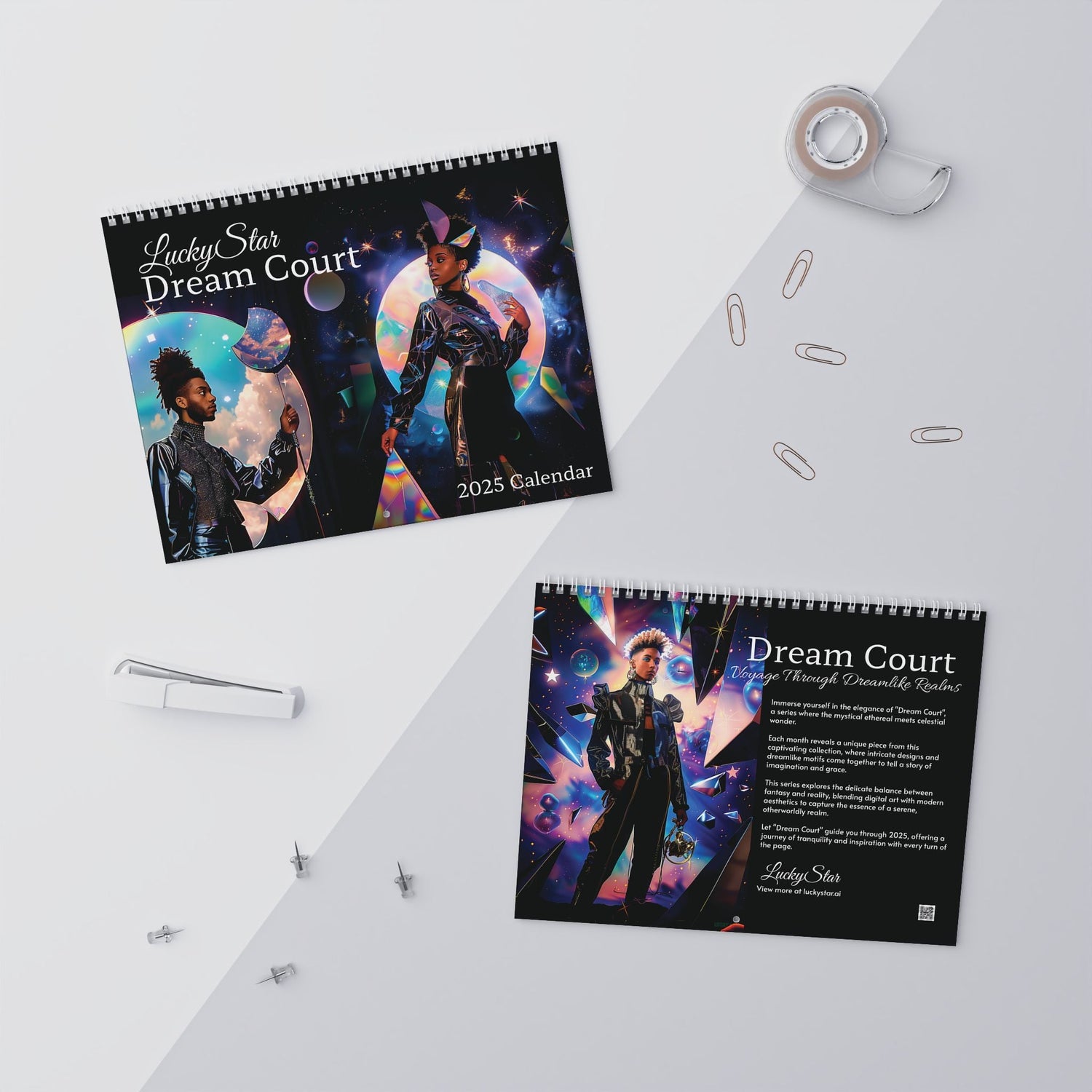
Guarding the Irreversible—Biometric Sovereignty in the Age of Blockchain and AI
By Lucky Star, Responsible AI | Blockchain Educator & Consultant
Why I Write This

[May 9, 2025] — I turned to 23 & Me seeking answers about my family’s past after decades of private investigation and research—seeking answers to stories that stretch back generations and touch on journeys often overlooked by history. After completing their full‑kit deletion process and formally requesting the removal of my data and samples, I discovered I had no assurance that my request was truly honored. Rather than feel defeated, I recognized an opportunity: to become fully informed, to raise awareness, and to champion better safeguards for us all. With breaches, a past class‑action lawsuit, and 23 & Me’s Chapter 11 filing confirmed by their own FAQ (23andMe, 2025), I chose action over uncertainty.
A Reminder from Blockchain and AI
In Blockchain and AI circles, cryptographic keys and smart‑contract oracles receive vigilant protection. Yet 23 & Me’s bankruptcy underscores that the same principles of transparency and data sovereignty must guard the most intimate codes of our being.
Beware the Fine Print
Most privacy notices live in fine print, granting companies—and through them, future owners or partners—the right to sell, license, or transfer our biometric profiles. In bankruptcies or mergers, these permissions endure, allowing data to change hands like any corporate asset. In my earlier article on Worldcoin, I examined how large‑scale biometric enrollment can potentially mask experiments on consent and ownership—yet the same dynamic plays out in any “legal” agreement that quietly passes our deeply personal data through dark, corporate corridors (Lucky Star AI, 2025).
Key Insight: On a public ledger, every token transfer is visible. Why do we tolerate our biometric “tokens” vanishing into opaque agreements and hidden buy‑outs?
Demand Your Data Trail

Blockchain’s greatest strength lies in its unbroken audit trail: every transfer of an asset is recorded in a publicly verifiable ledger. Biometric information deserves the same level of transparency—a “Data Lineage Ledger” that details who has accessed or shared personal data, when, and why. This approach begins with a self‑custody mindset. Just as one secures private keys in a hardware wallet to protect digital currency, one should retain veto power over every sharing of biometric data. Consent mechanisms must be revocable, time‑bound, and require renewal following any corporate reorganization or transfer.
What About a “Biometric DAO”?
A DAO, or Decentralized Autonomous Organization, is a community‑governed group where members vote on decisions rather than defer to a central authority. In theory, a “Biometric DAO” could require every proposed data‑sharing agreement to gain community approval before moving forward, with each vote recorded on‑chain for transparency. In practice, many DAOs today grant greater influence to token‑holders, often favoring wealthier participants. To address this imbalance, a proposed Biometric DAO might combine token‑based voting with reputation‑based mechanisms—giving every participant a baseline voice while weighting additional influence by proven, long‑term commitment to privacy and collective oversight.
Trust but Verify in AI Training

In AI development, provenance matters. Teams insist on knowing whether training data came from licensed, ethical sources before trusting a model’s output. Yet many of us feed algorithms our biometric markers without verifying who else will see or use that information. In my own practice, I fine‑tuned a generative portrait‑model using elements of my DNA‑derived phenotypes—an intentional act to fingerprint my creative work and establish clear consent within that specific AI context. I fully understood how the model would process and reproduce aspects of my appearance, and the experiment highlighted a key difference: generative AI applications are designed for controlled creativity, whereas biometric security violations occur when identity‑specific data is shared or sold through opaque agreements with no user oversight. That contrast—the deliberate, consented use of biometric details in a known AI workflow versus the invisible transfer of the same data in bankruptcy or merger fine print—underscores why we must demand rigorous safeguards around every use of our biometric information.
Thoughts on Next Steps (Informational Only)
Readers concerned about their biometric data may choose to review any prior deletion requests and privacy settings with caution, given that 23 & Me’s handling of data has proven unreliable and opaque. Anyone considering further steps should seek advice from qualified legal or data‑security professionals before interacting with any service.
Elevating the Need for Collective Vigilance
Protecting digital assets is second nature for those who build and use Blockchain and AI technologies. We must apply that same care to our biometric data—our unique genetic and physical markers. As decentralized finance and generative intelligence evolve, it is easy to forget that our most personal “code” lives in our bodies and carries stories of the past. Real control over these deeply personal identifiers—true sovereignty—starts when we treat biometric data as precious keys, not as something to be bought, sold, or traded.
Sources & References
23andMe. (2025). Questions related to 23andMe’s Chapter 11 filing. Retrieved from https://customercare.23andme.com/hc/en-us/articles/30805135934615-Questions-related-to-23andMe-s-Chapter-11-Filing
Lucky Star AI. (2025). The human cost of digital currency: What biometric experiments in Web3 reveal. Retrieved from https://luckystar.ai/blogs/blockchain/the-human-cost-of-digital-currency-what-biometric-experiments-in-web3-reveal

